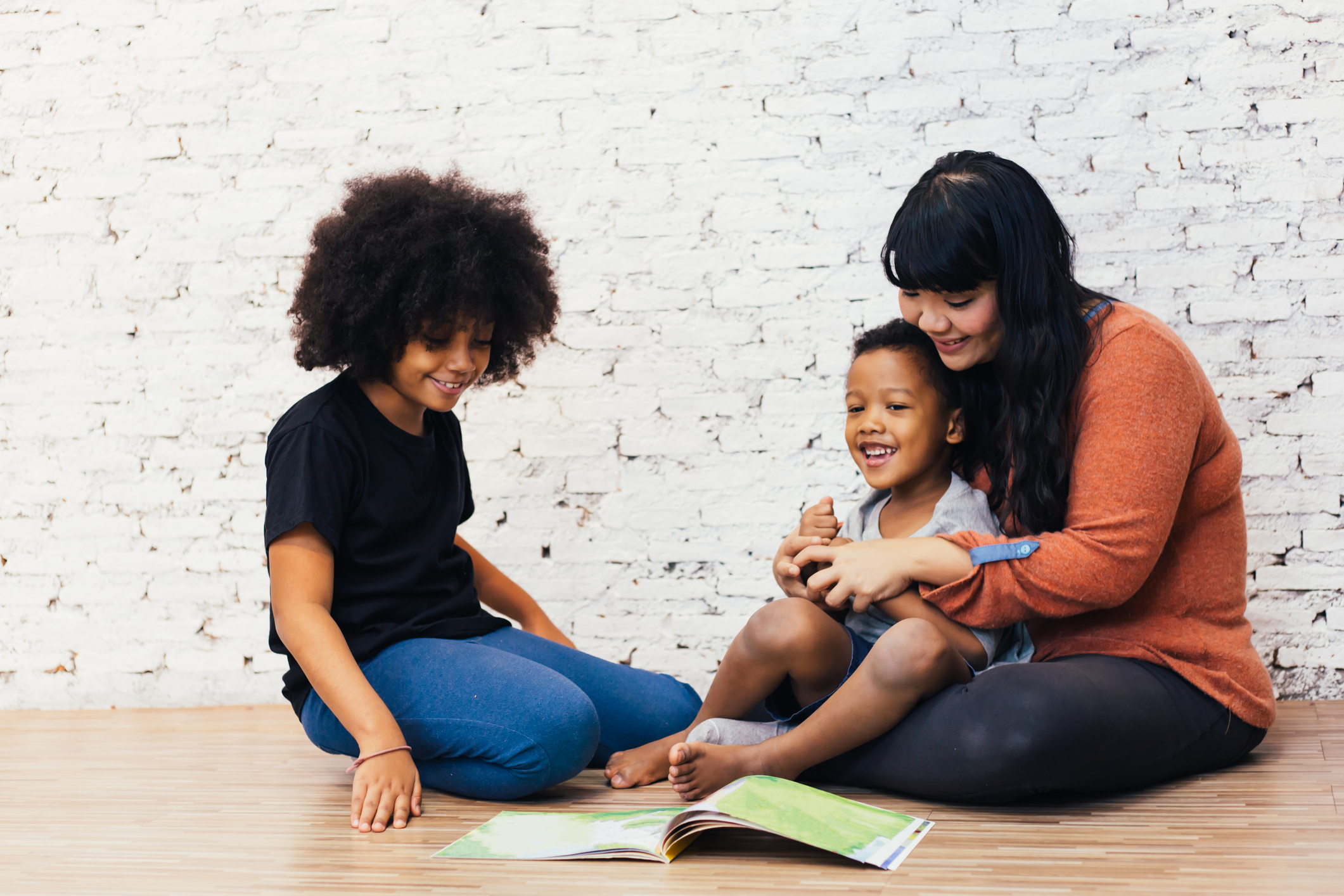Reading With Your Children: The Knock-on Benefits and How to Make It Enjoyable
We look at benefits of reading you may not have realised as well as offering ten tips on how to make the most of this precious experience.
---
Reading with children should hopefully be one of the great pleasures of parenting - albeit once the (often arduous and painful) learning hump has been surmounted.
While it provides a chance to share beloved books, transfer culture and build bonds, it also helps develop a wide range of skills critical for success in school, work and later life generally. These are four skills you may not have thought of before:
- Reading develops executive functions to assess and set priorities, think before acting, adjust to competing demands, and keep the perspective of another in mind.
- Books enable children to explore new ideas, recognize universal truths, and gain greater perspective about their own challenges and experiences.
- Children also learn important values as they laugh, cry, and root for beloved characters and this can help your child to empathise with others' perspectives.
- Non-fiction books open opportunities to expand your child's background knowledge on topics, give your child a deeper understanding of the world and provide context for future learning.
10 Tips to Make Story-time Memorable
Ask your Child for their Suggestions
Even the youngest children have preferences. Find out your child's favourite books, themes or subjects and then suggest some of that type from when you were a child. Don't forget about classic tales and adventures, such as myths and legends. You can also choose to read bilingual stories or stories from around the world as a way for children to experience different languages and cultures.
Consider your Child's Attention Span
When reading to children, it's not necessary to read an entire book. Reading one chapter a night at bedtime or even a few pages at a time will keep your child engaged and excited for the next story time with you. It also helps build suspense and recall.
Consider Different Times to Read
Reading time doesn't always have to be at bedtime. Some families enjoy reading with their children early in the morning as a special way to start the day, especially if reading at bedtime is difficult.
Keep your Child Engaged
Ask questions along the way to help promote speech development and comprehension. Point out words that might be new to their vocabulary and talk about how the words are used and what they mean. Ask questions that evoke emotion and reflective inquiry, such as, "What would you do in this situation? Why do you think the character behaved in that way? Have you ever encountered a similar situation? Who does the character remind you of? How does the character feel?"
Read Aloud Together
Take turns reading sentences, paragraphs or pages aloud with a child who has learned to read to help build confidence and spark conversation.
Be Creative
Use your personality to bring children's books to life. Using different voices for each character or acting out parts of the story can make story-time even more memorable and enjoyable for you and your child.
Find Different Places to Read
Under the trees in the evening with a blanket and flashlight; in the garden on a rug, at the breakfast table; sitting on the sofa with a snuggle-rug...a place to read can be just as unique as the stories themselves.
Continue Engaging with Books after the Last Page
Look for creative ways to extend the learning of the book. Are there far-off lands that are featured in the book? Find them on a map together. Craft something based on the illustrations or theme in the story; listen to music that is in some way related to the story; research recipes from where the story is located and cook them together; act out the story with your child; or write a sequel together.
Keep a Story Review Book/ Diary
It's never too early to begin teaching children to write. Note the book or story shared, the date, the reactions of other family members. Younger children may like to draw a picture representing the book. For older children who like to write, they could review each book - which is great for wider analytical thinking.
Take Pictures of Family Reading
There are few things sweeter than pictures of family members curled up reading stories together. You can use these pictures to mark the passage of time as family members grow, how tastes in books evolve, or how the books become longer as the children grow older.
---
Bright Horizons Work+Family Content Team




